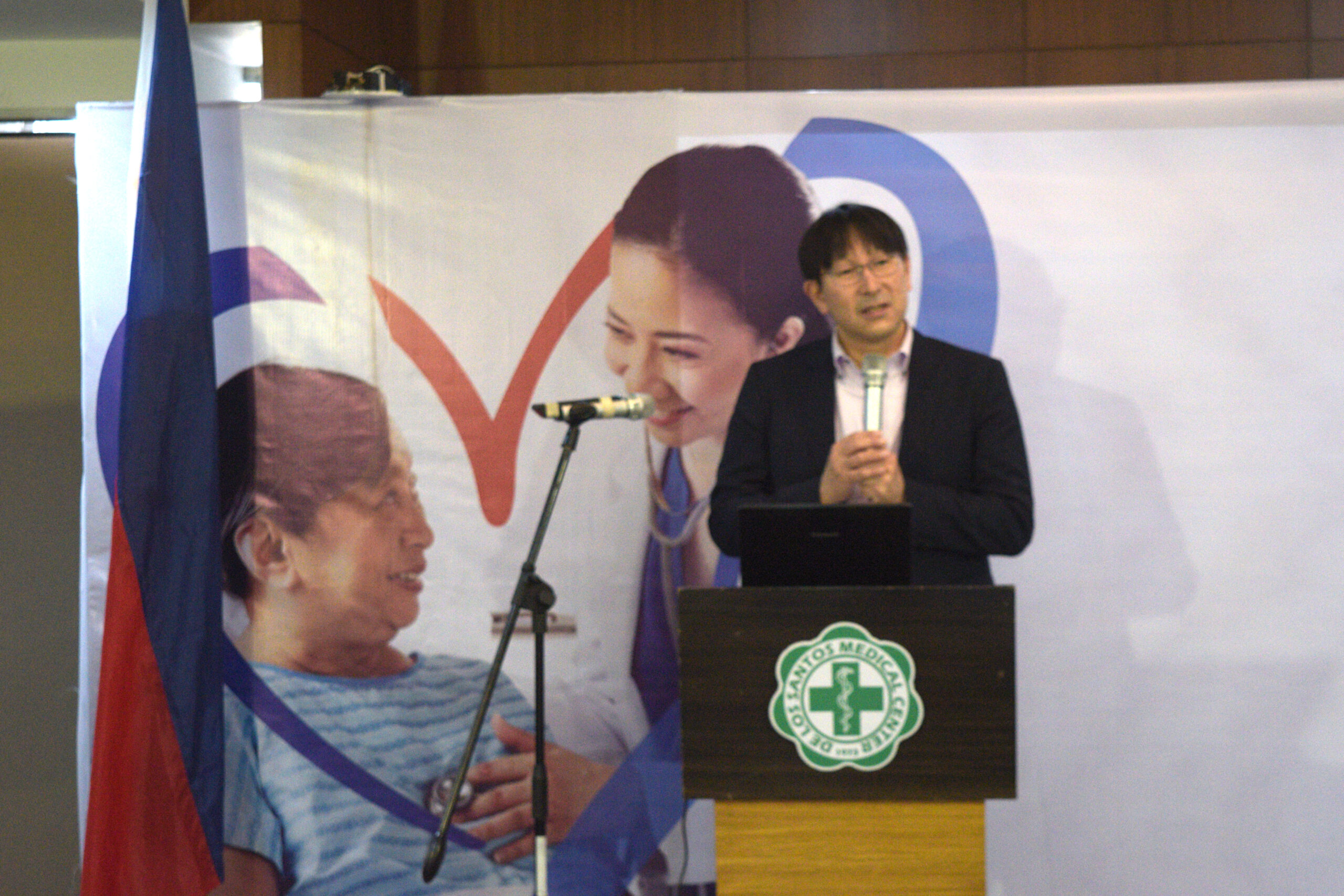For patients with severe coronary heart disease, having to be told that they need open heart surgery is a very frightening thing. The thought of having an incision in front of your chest and splitting the breastbone in half to access the heart is something that is hard to accept, with accompanying concerns about pain, length of recovery, and chances of infection. However, there is now a way of performing coronary bypass surgery without that much trepidation. This procedure is known as Minimally Invasive Coronary Surgery-Coronary Artery Bypass Graft, or MICS CABG. This procedure in now available at De Los Santos Medical Center. MICS CABG involves making an incision between the ribs (lateral thoracotomy), as opposed to cutting the breastbone (sternotomy) which is commonly done in most open heart surgeries. The patient’s heart does not need to be stopped and be placed on a heart-lung bypass machine as the procedure can be done while the heart is beating (off-pump procedure). The cardiothoracic surgeon can then access the artery on the chest wall (the internal mammary arteries) or use other grafts like the radial artery or saphenous vein and use them to bypass the blockages in the coronary arteries. This is done all through that left thoracotomy incision. The procedure commonly lasts about 3-6 hours depending on the number of vessels bypassed. Recently, De Los Santos Medical Center hosted a conference on MICS CABG to introduce the procedure to its doctors and doctors of other hospitals. Cardiothoracic surgeon Dr. Keita Kikuchi, Coronary Program Director of the Department of Cardiovascular Surgery at Tokyo Bay Urayasu Ichikawa Medical Center in Japan since 2020, presented the outcomes of his hospital and his surgical techniques as he has already done more than 200 MICS CABG cases. According to Dr. Kikuchi, MICS CABG offers several advantages to patients over open heart surgery. Because a sternotomy will not be done, there will be no incidence of deep sternal wound infection or deep surgical wound infection (DSWI). There will also be less need for blood transfusion. A patient can be discharged earlier, recover and return to normal activity faster. The small incision on the chest is also less frightening, as it is an ideal procedure for elderly patients and those with severe diabetes mellitus. Not all patients, however, can qualify for MICS CABG. Patient selection is important for surgeons in order to ensure successful clinical outcomes. Ideal patients for MICS CABG are stable coronary patients with a normal sized or small heart, a good ejection fraction of more than 50% (percentage of blood pumped out of the left ventricle at every heartbeat), has a slender figure, has good target vessels, and a big chest cavity. At De Los Santos Medical Center, MICS CABG is performed by an expert CABG team led by Cardiovascular Surgery Unit Head Dr. Avenilo L. Aventura, Jr. Its operating room complex is equipped with the latest heart surgery technologies such as the TTFM or transit time flow meter (used to intraoperatively measure the blood flow on grafts to check patency) and cell savers (machines used to collect a patient’s own blood, recycle it and infuse it back to the patient during operation for less blood transfusion) to provide better outcomes and assure overall patient safety. Furthermore, De Los Santos Medical Center is one of the few hospitals in the National Capital Region to be contracted by PhilHealth to offer the CABG Z-Benefit Package which makes the procedure affordable and accessible to patients. MICS CABG may not be for all patients, but it is worthwhile for heart patients to seek consult with a cardiothoracic surgeon to find out if they are suitable candidates for the procedure. For more information about MICS CABG, contact the DLSMC Cardiovascular Surgery Unit at 889-DLSMC (35762)/ 530-45762 ext. 8228.

